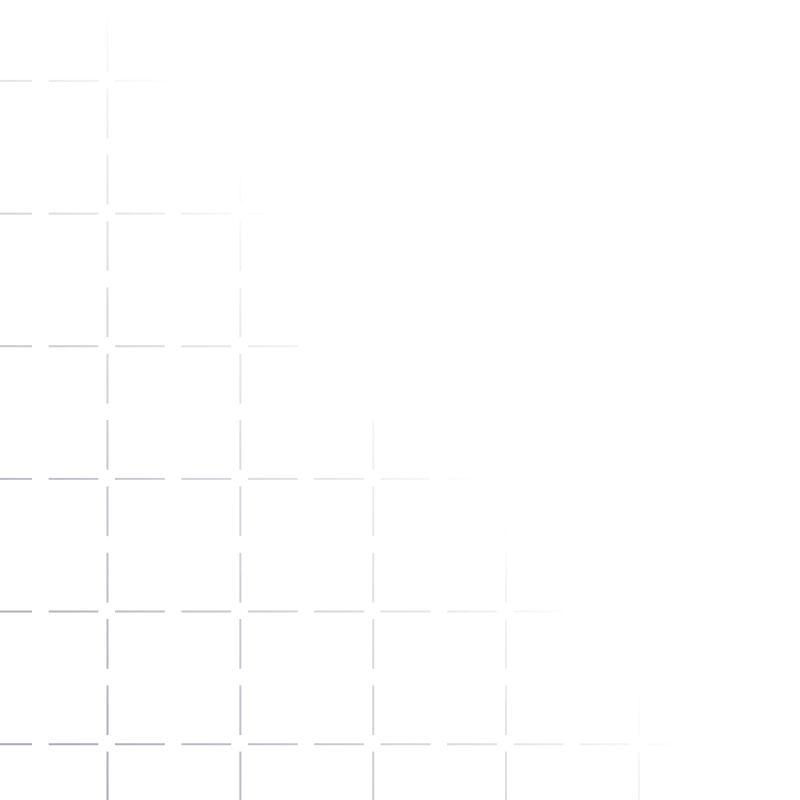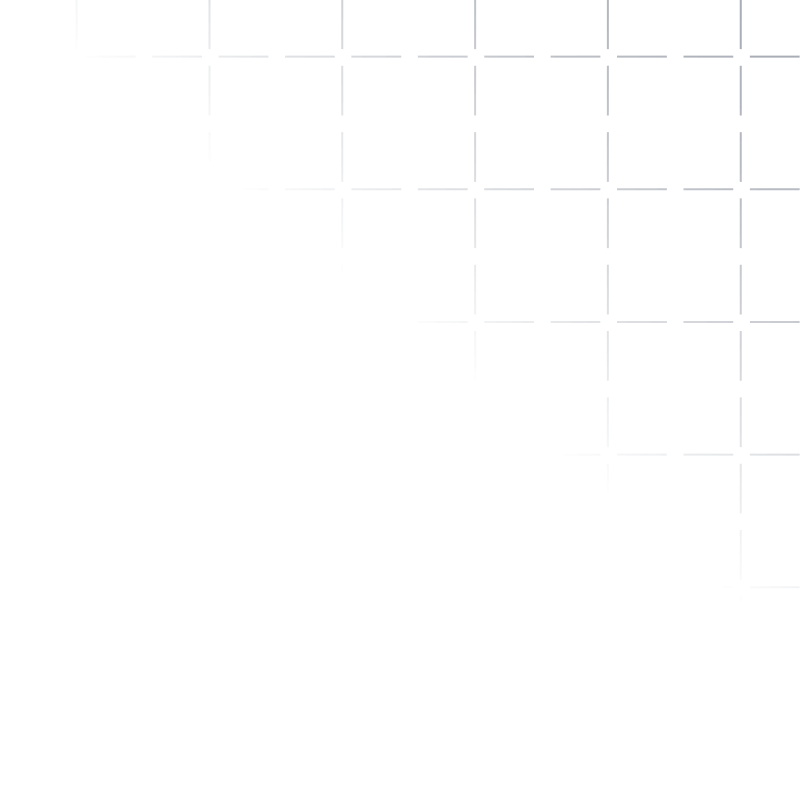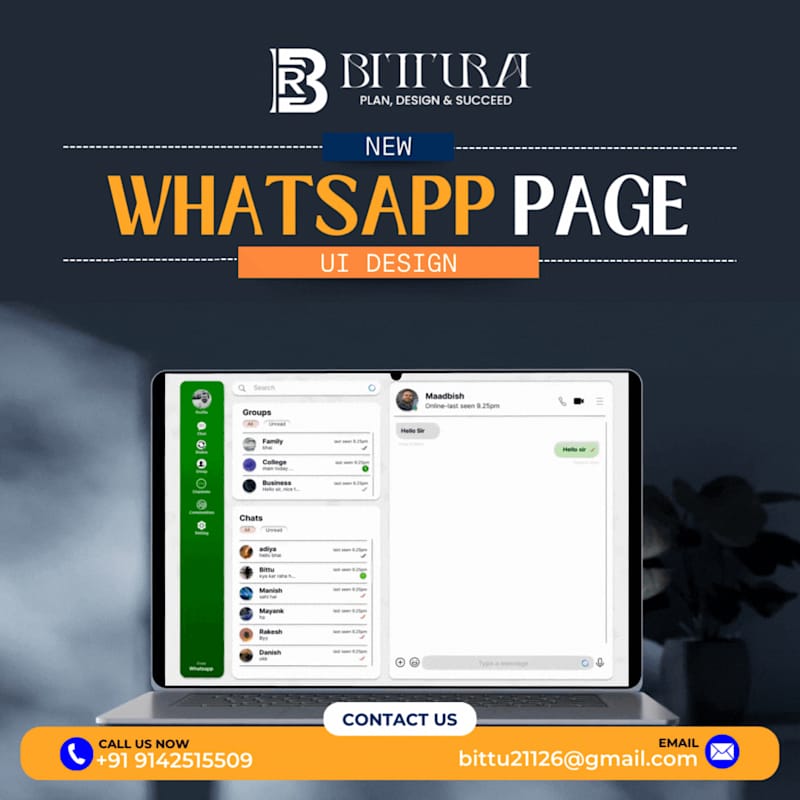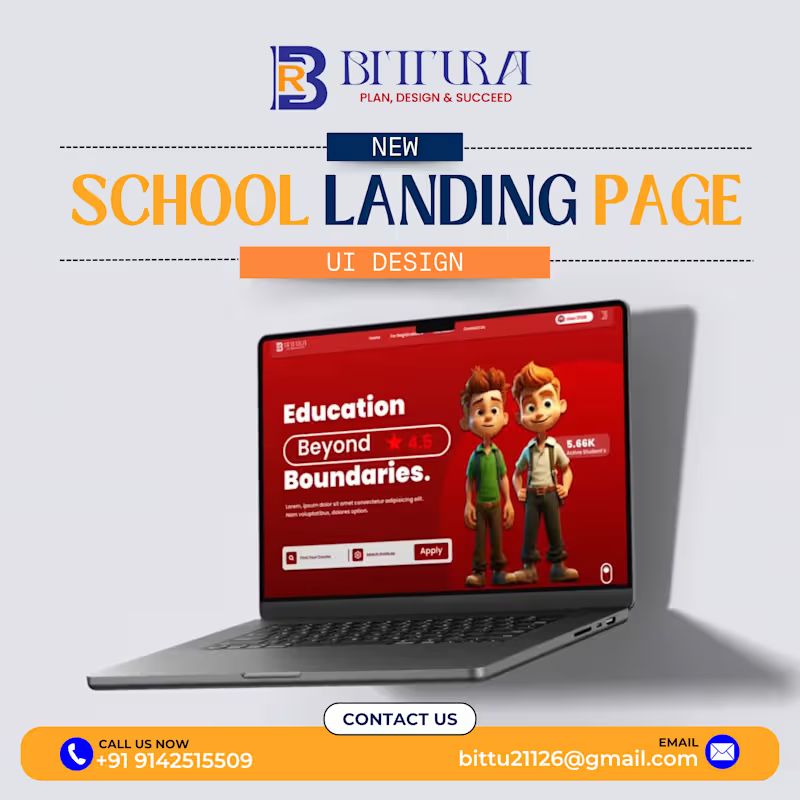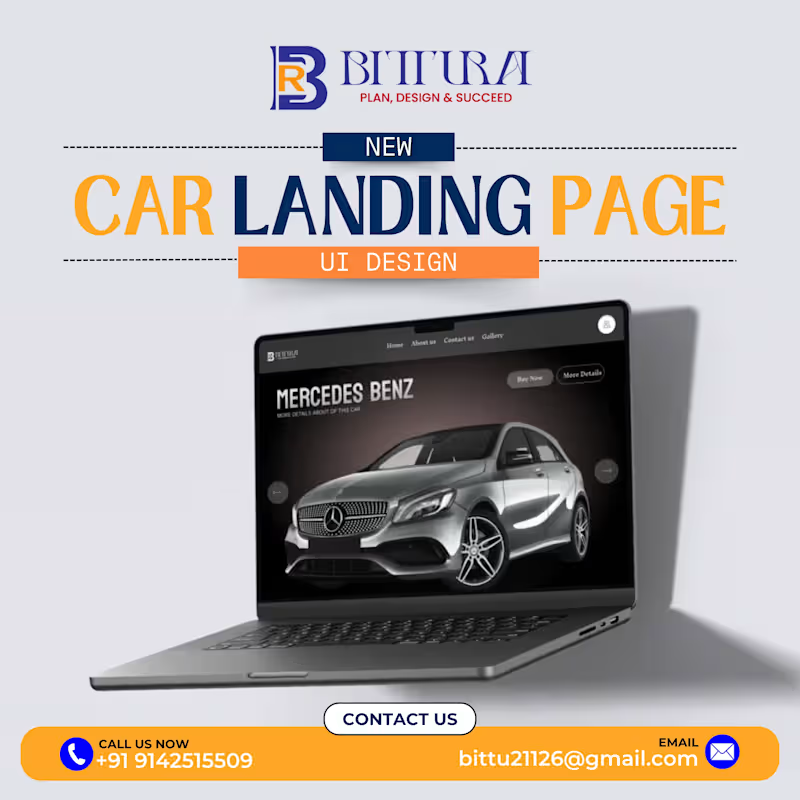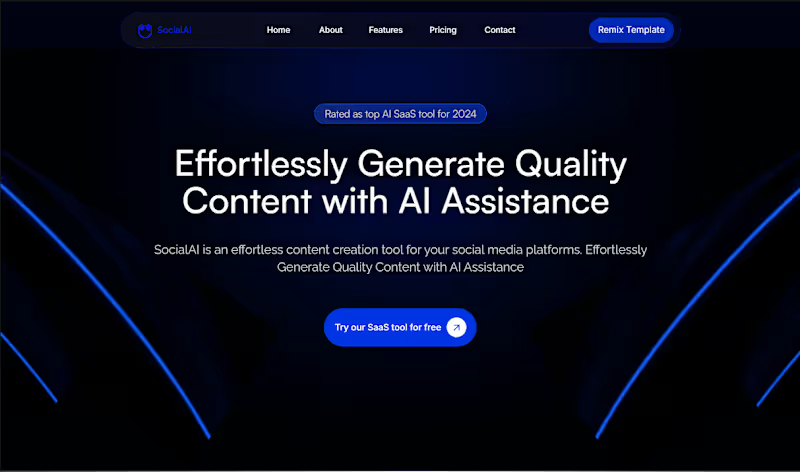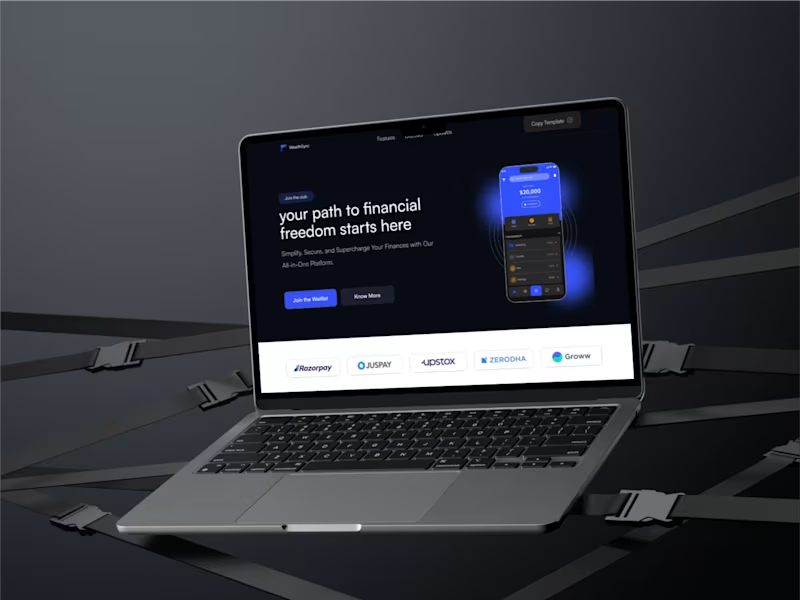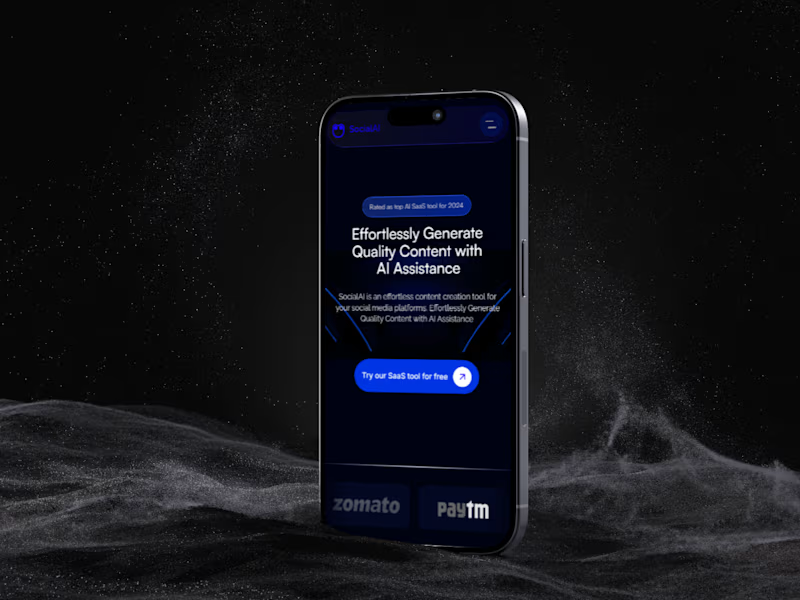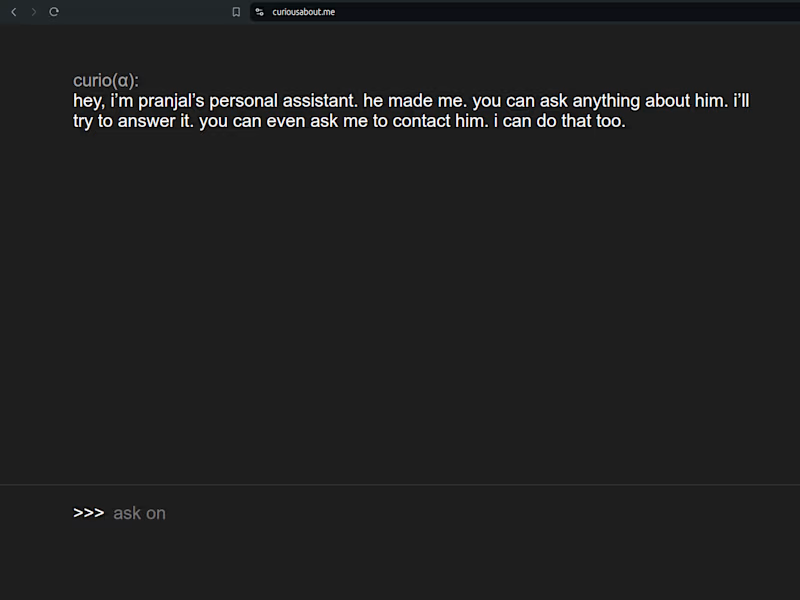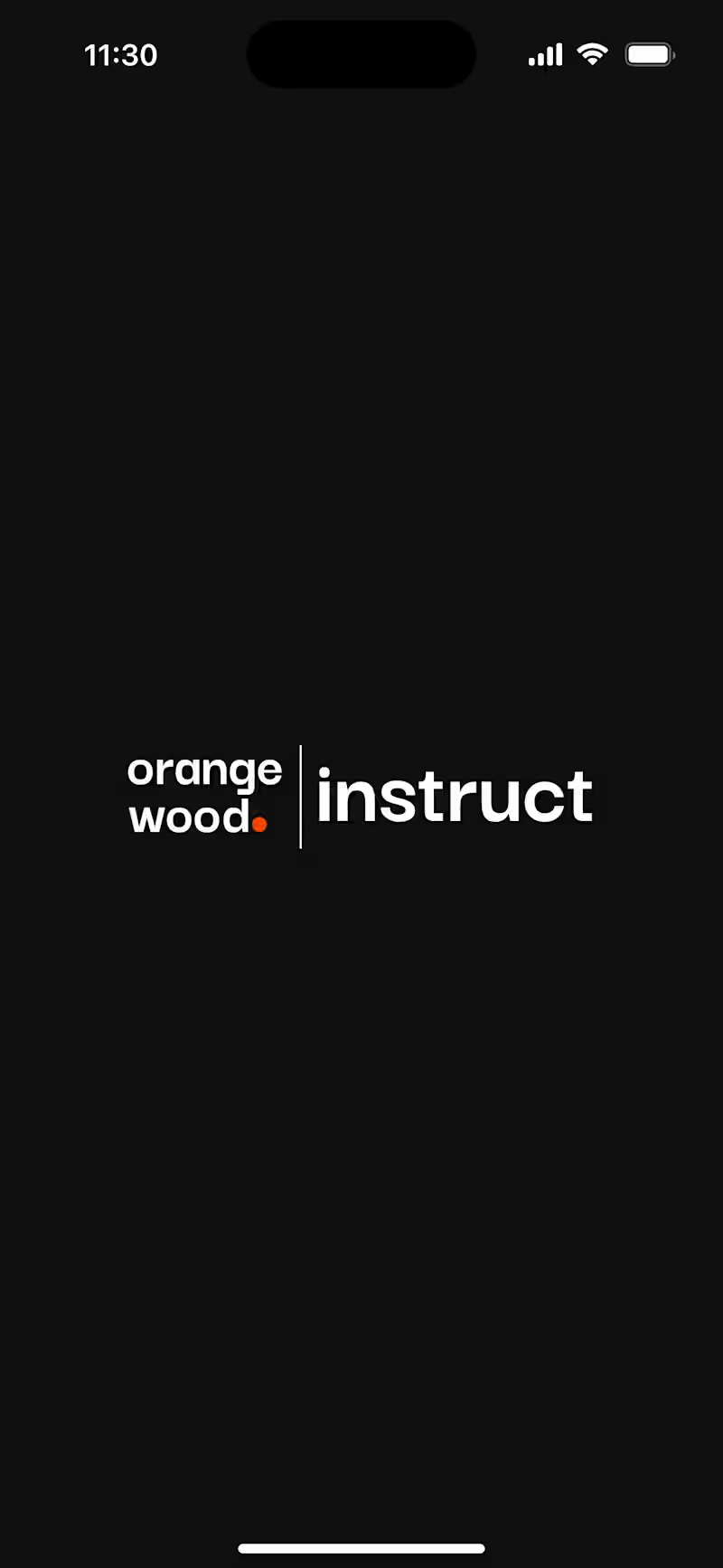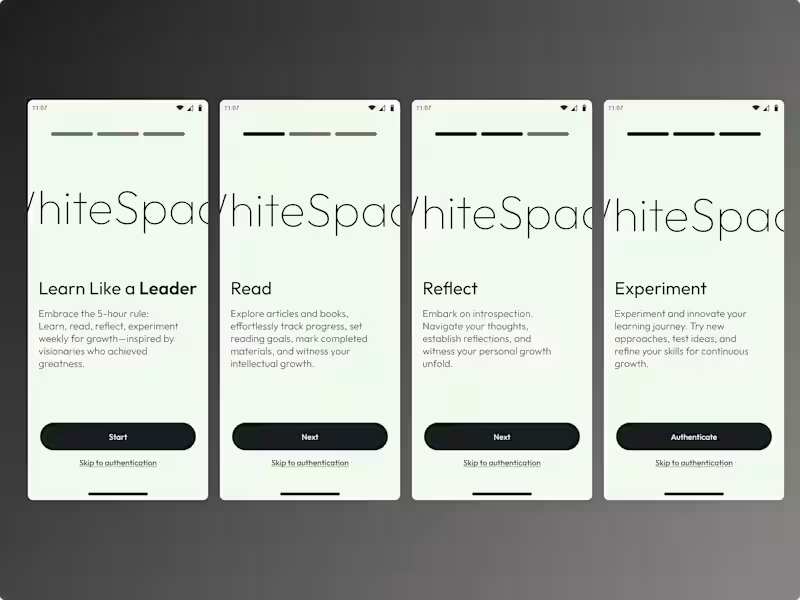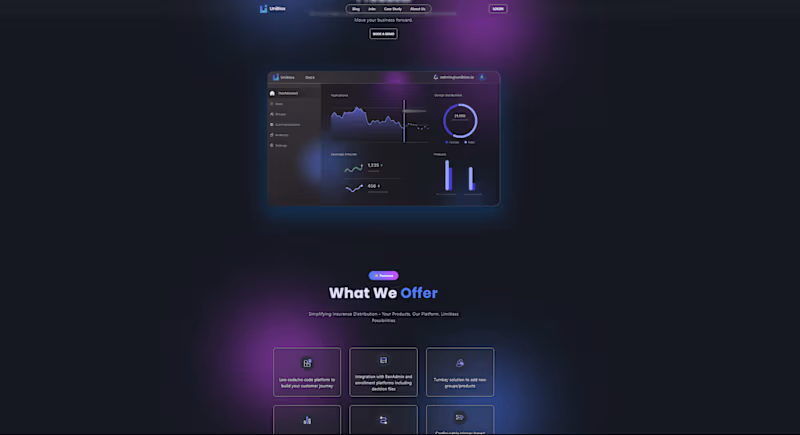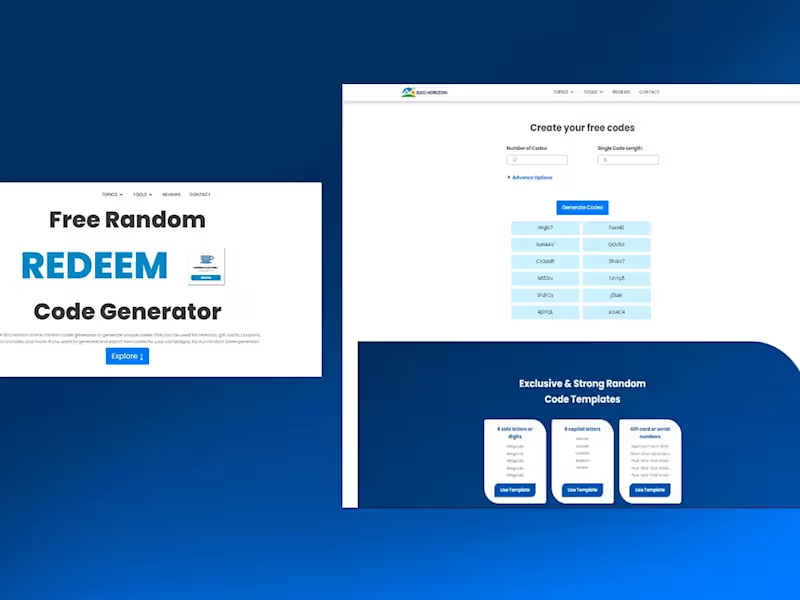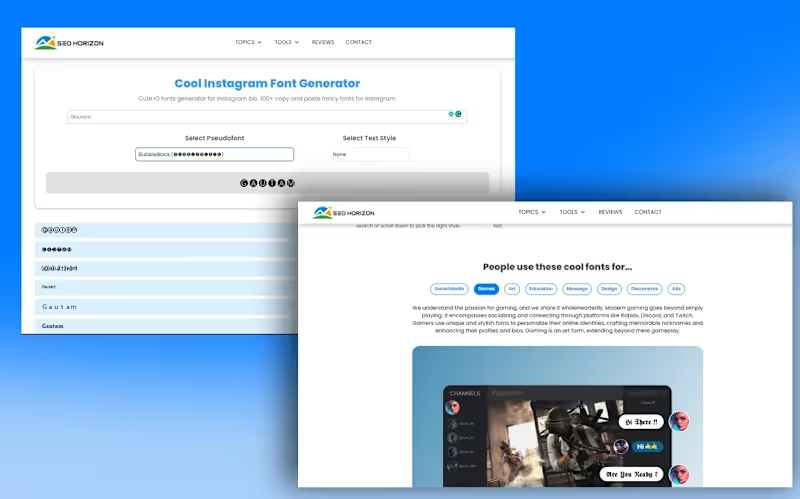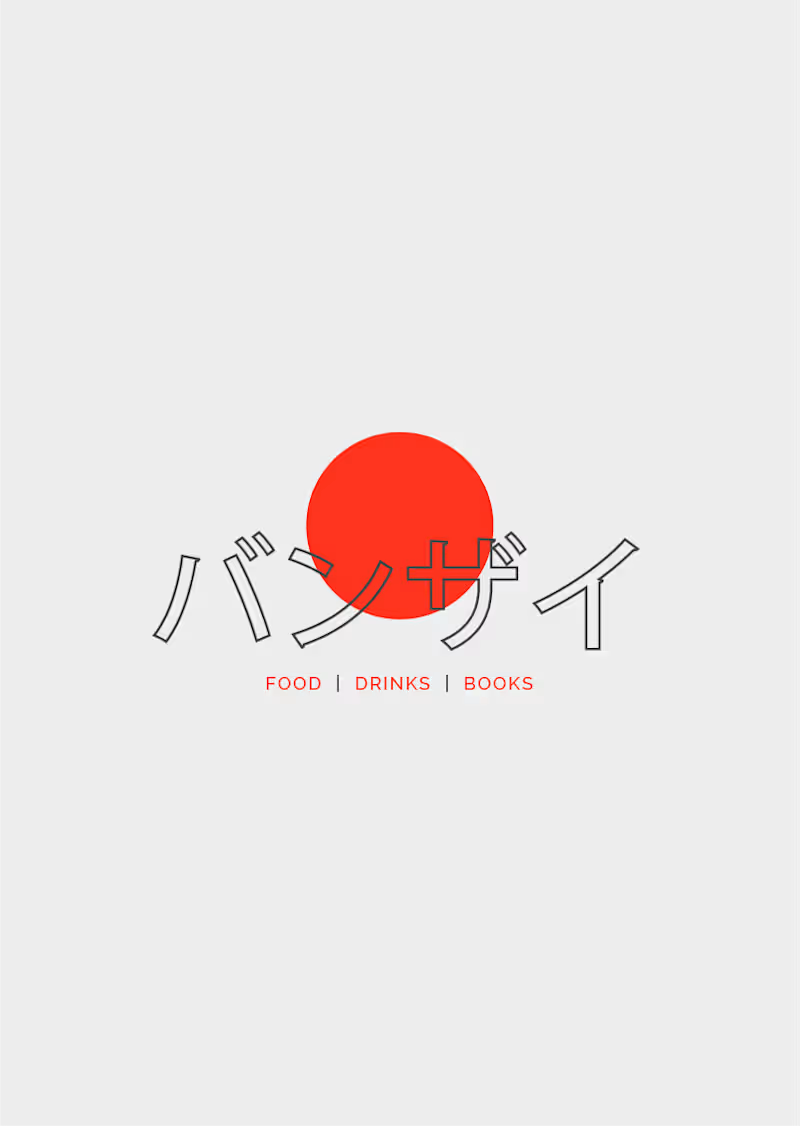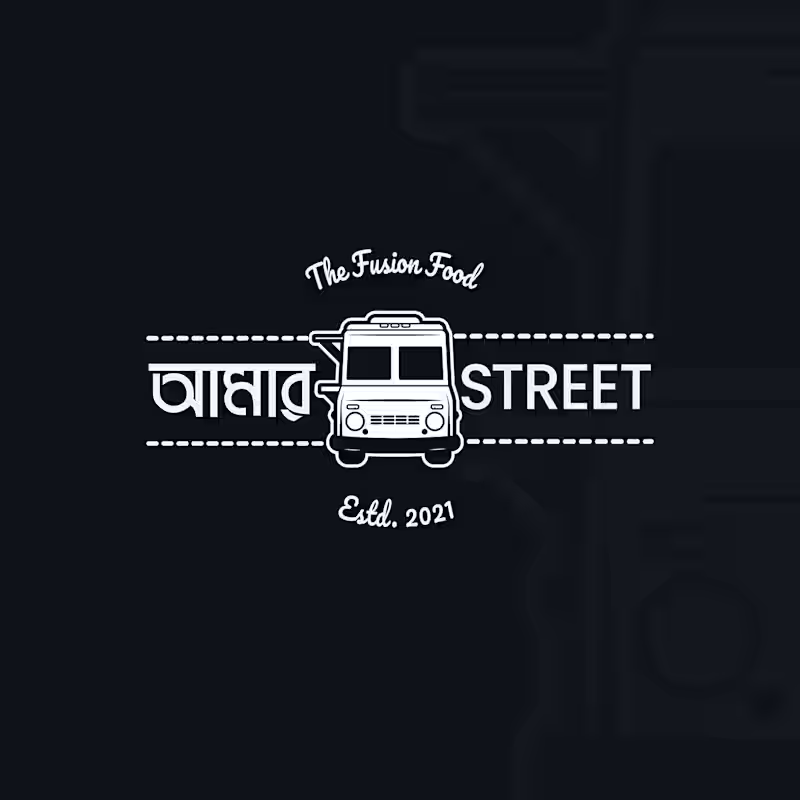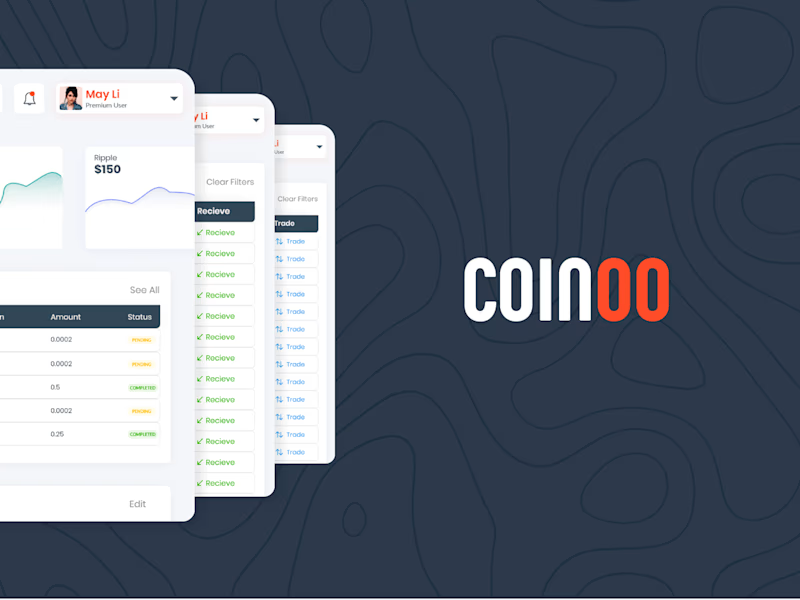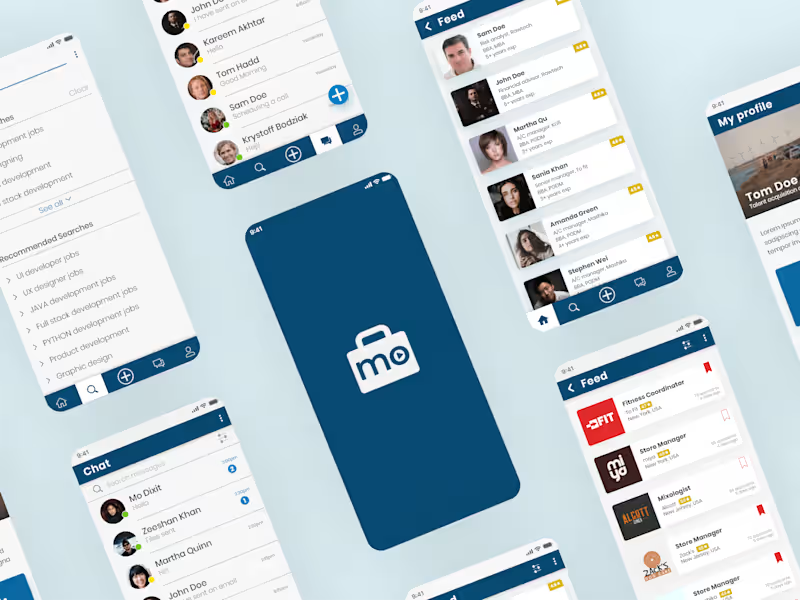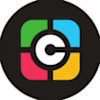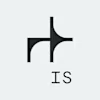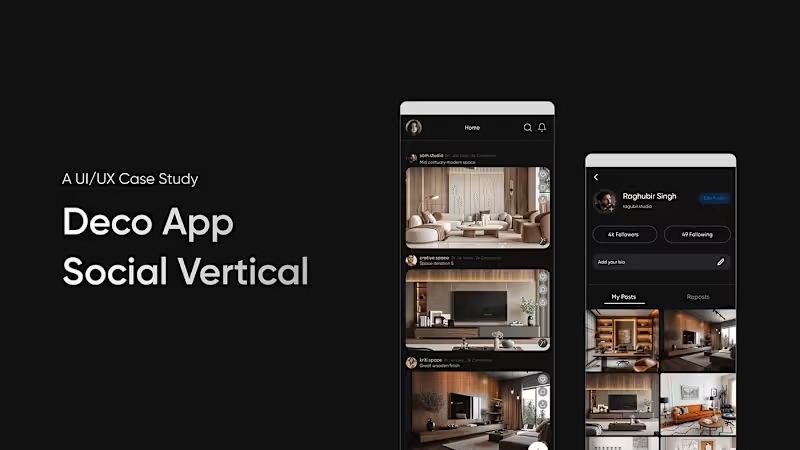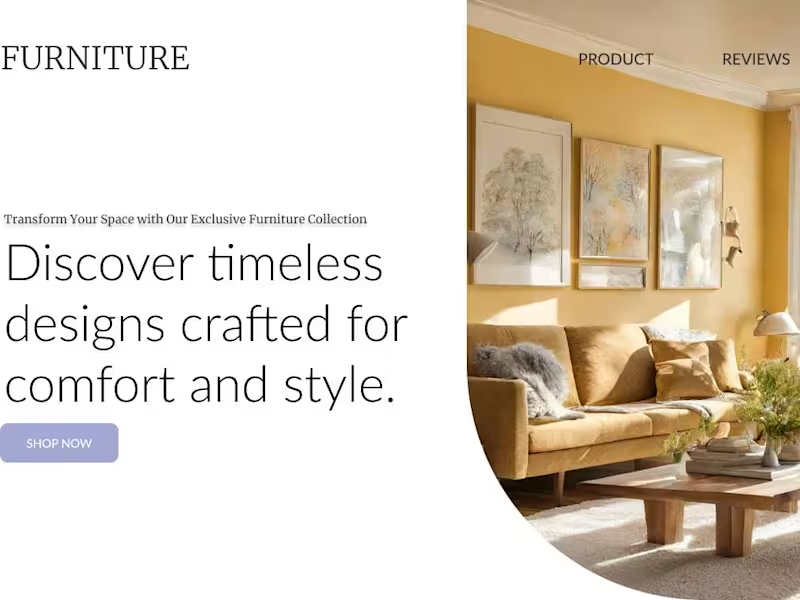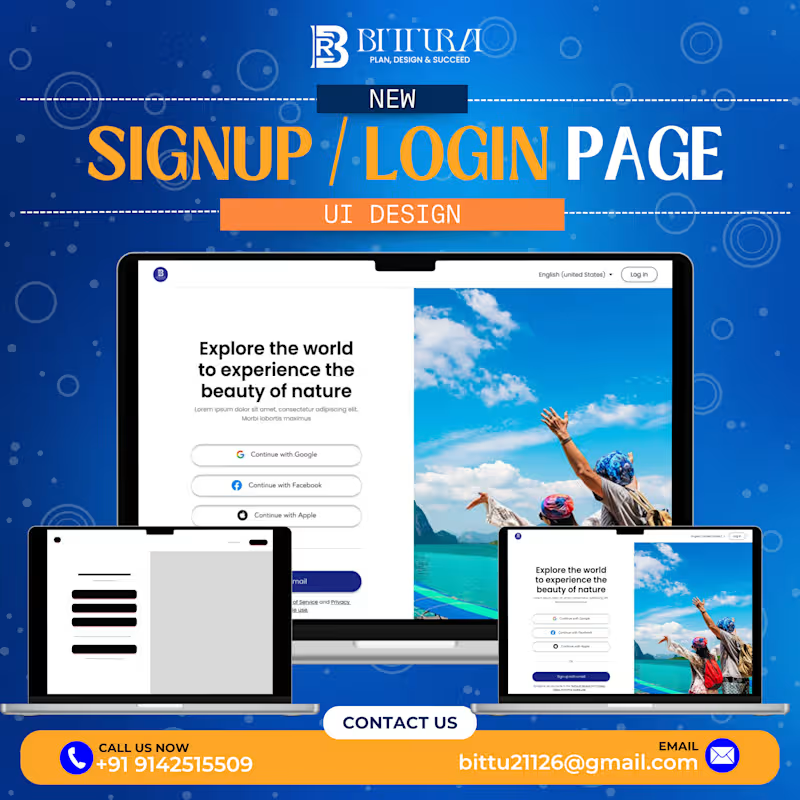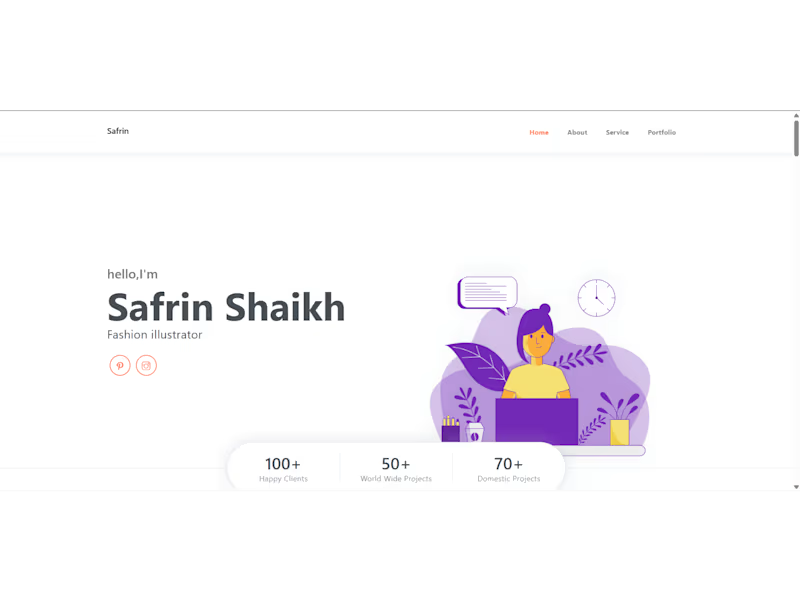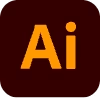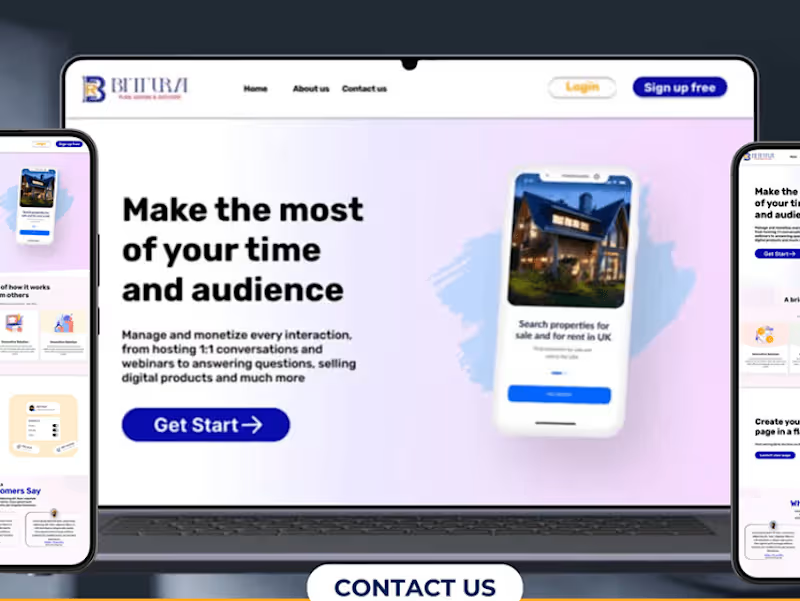What should I include in the project brief for a UI designer?
When hiring a UI designer, your project brief should be clear and detailed. Start by explaining your project's goals and who the target users are. Include information about your brand, colors, and any existing design elements. The more details you provide, the better the designer can understand and meet your needs.
How do I determine the timeline for a UI design project?
Setting a timeline involves understanding the complexity of your project. Discuss with the designer how long each phase will take, from initial designs to final delivery. Consider any specific deadlines you might have, and be open to adjustments for quality work. Clear communication ensures both parties agree on a realistic schedule.
What are important deliverables to agree on with a UI designer?
Deliverables outline what you expect at the end of the project. For UI design, this might include wireframes, mockups, and final designs in a usable format. It's important to discuss and list these deliverables clearly so the designer knows exactly what to provide. This ensures you'll receive everything you need to proceed with development.
How can I ensure the UI design project aligns with my brand?
To ensure alignment with your brand, share brand guidelines or mood boards with the designer. Give examples of designs you like and explain why. This helps the designer understand your brand's aesthetic and create a UI that reflects it. Regular check-ins will also help ensure the design is on track.
What should I look for in a UI designer's portfolio?
A UI designer's portfolio showcases their style and expertise. Look for projects similar to yours to understand their approach. Pay attention to the details in the designs, the user experience, and the creativity displayed. A strong portfolio often means the designer can bring innovation to your project.
How do I handle feedback and revisions with a UI designer?
Feedback is an important part of the design process. Be constructive and clear about what you like and don't like. Regular feedback sessions are helpful to avoid big changes at the end. Agree on how many revisions are included from the start to ensure a smooth process.
In Jharkhand, how can I incorporate local culture into the UI design?
If your project is based in Jharkhand, incorporating local elements can make it resonate more with local users. Share insights about Jharkhand’s art, culture, and colors that reflect the regional style. This can help the designer create a UI that's culturally relatable and engaging for local audiences.
How important is collaboration between different team members in a UI design project?
Collaboration is key to a successful UI design project. Make sure your designer regularly speaks with developers, marketers, and other team members. This ensures the design not only looks great but also works well and meets the project’s goals. A team that works together creates a more cohesive final product.
What can I do to make sure the UI design fits users in Jharkhand?
Understanding local user behavior is important for appealing UI design. Share user personas and studies specific to Jharkhand's population with your designer. This helps them understand the specific needs and preferences of users in Jharkhand, creating a more efficient and user-friendly design.
How can I ensure the designs are accessible to all users?
Ensure designs are accessible by using contrast colors and clear fonts. Discuss accessibility guidelines with your designer to make sure everyone can use your product easily. This is important for reaching a wider audience and making all users feel included. Test the designs with different accessibility tools to ensure compliance.
Who is Contra for?
Contra is designed for both freelancers (referred to as "independents") and clients. Freelancers can showcase their work, connect with clients, and manage projects commission-free. Clients can discover and hire top freelance talent for their projects.
What is the vision of Contra?
Contra aims to revolutionize the world of work by providing an all-in-one platform that empowers freelancers and clients to connect and collaborate seamlessly, eliminating traditional barriers and commission fees.





- 5.0
- Rating
